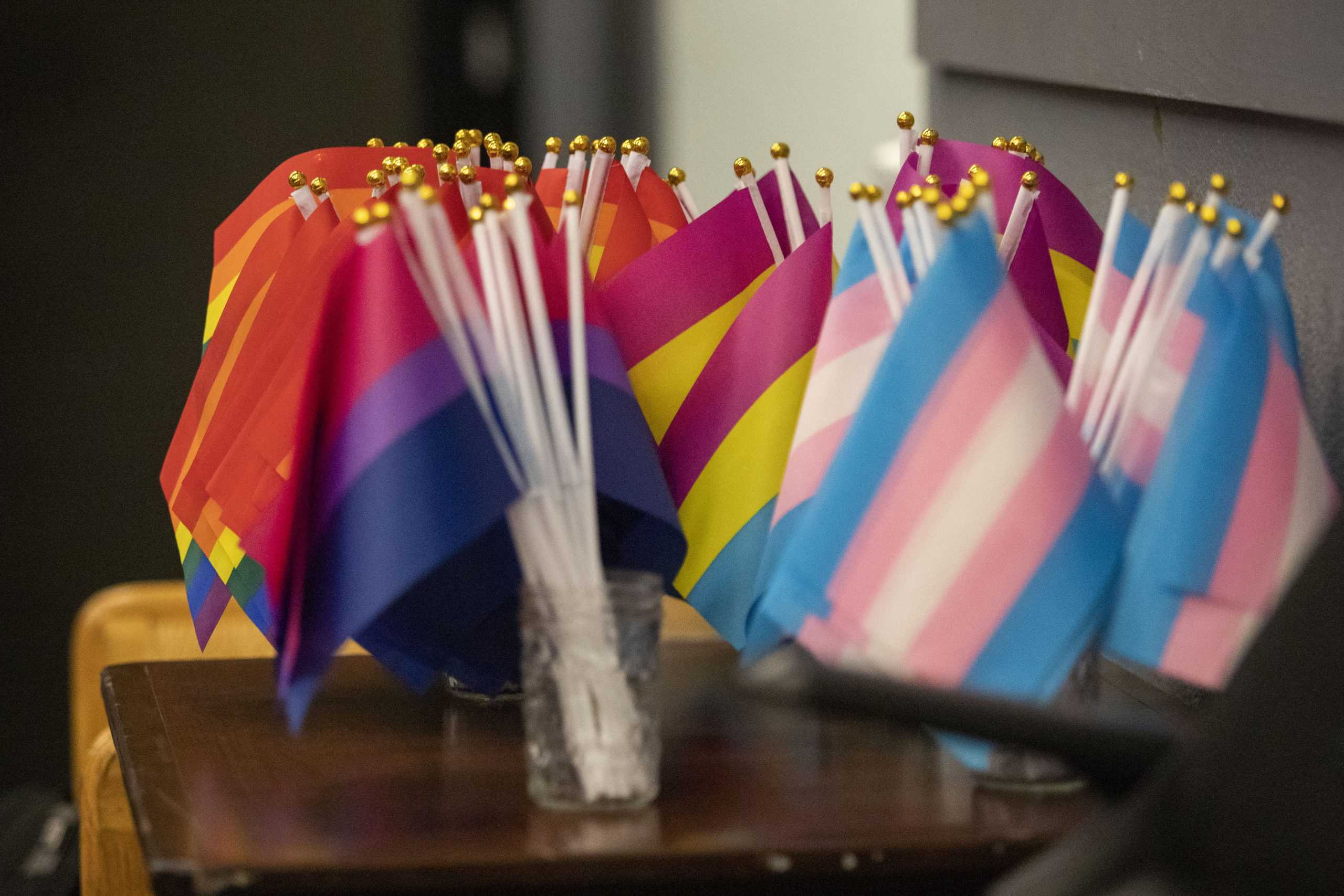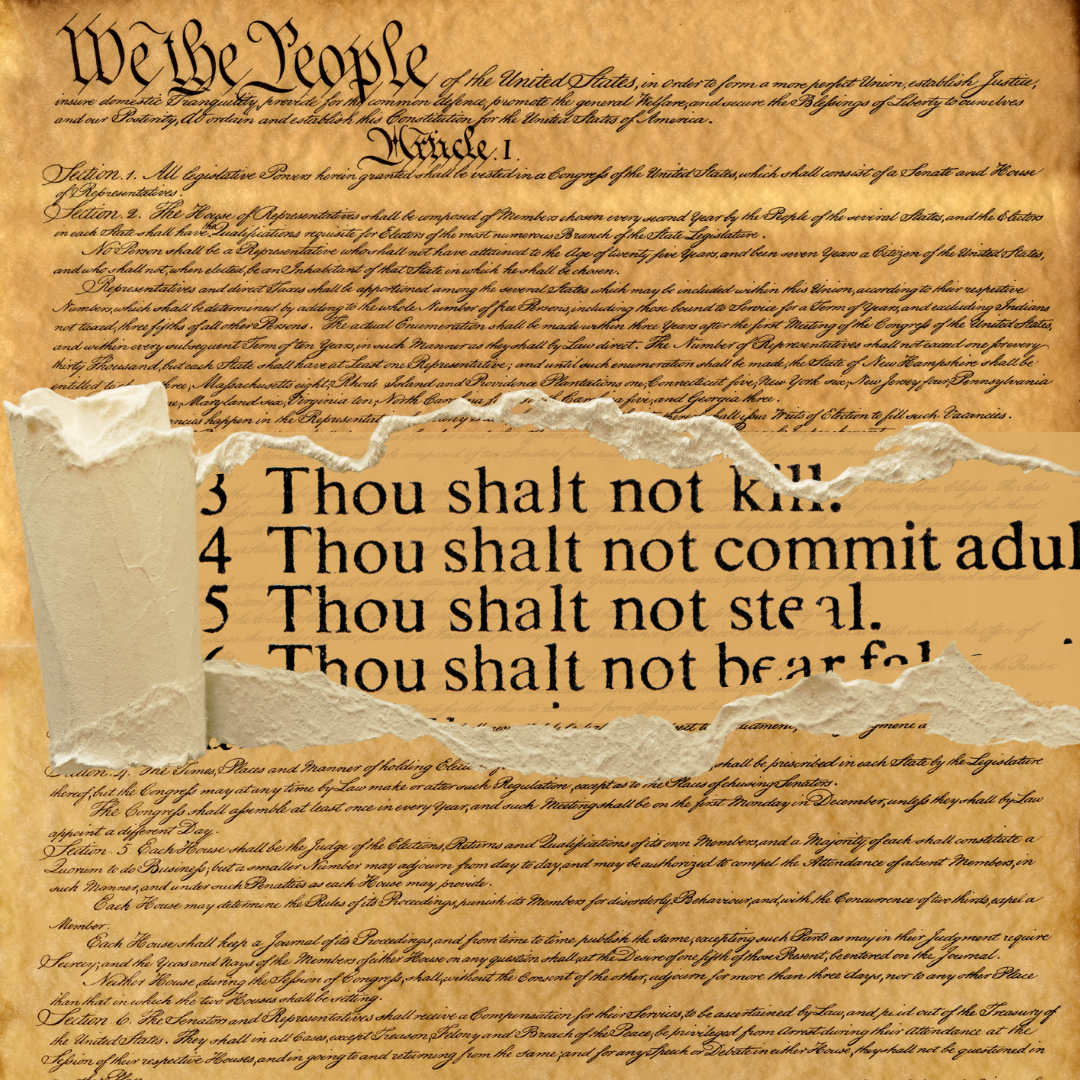Renewing the conversation after Sam Smith’s pronoun announcement
Last week, English musician Sam Smith announced that they prefer the pronouns they/them, six months after coming out as nonbinary. Smith’s announcement was followed by reactions that are often associated with the topic of gender nonconforming pronouns: confusion, criticism and debate regarding the grammatical correctness of the singular they/them.
Gendered pronouns are everywhere. Their prevalence conditions us to rely on them as a social structure that is valued higher than that of self expression and identity. It is time to make an effort to normalize the usage of “they” when a person expresses that they prefer those pronouns and include preferred pronouns as a part of formal introductions.
It is disheartening to continually see ridiculing comments such as, “He will always be a he. His DNA says he’s a he,” or comments attempting a more humorous take, yet no less offensive: “What if I consider myself to be a helicopter,” as per one response to Smith’s announcement across Twitter and Instagram.
These comments come about far too often as a response to nonbinary and gender nonconforming discussions, invalidating those who want to live free from the gender labels our society has long endorsed.
Although Smith’s announcement came with backlash, there is still much to celebrate regarding the normalization of gender neutral and gender fluid pronouns in recent news.
Just this week Mattel, a toy manufacturer, announced its first gender-neutral doll, one that is strikingly different than the typical Barbie dolls or action figures that for a long time have been displayed in toy aisles and marketed as feminine or masculine.
Mattel’s gender-neutral dolls have androgynous features, with packaging that includes clothing pieces that aren’t tailored to a stereotypical gender mold. Children can have their dolls have short or long hair and dress them to their liking without having to worry about conforming their toys to a male or female stature; they can be self-expressive through their toys.
On Sept. 18, 2019, Merriam-Webster announced the addition of an entry to the word “they” as “used to refer to a single person whose gender identity is nonbinary.” The addition to the denotation of the word legitimizes the usage of “they” as a gender nonbinary term, as there is often debate over the grammatical facet of the term.
Many will argue that “they” is grammatically incorrect, claiming it is a plural pronoun. However, the singular “they” is not new to our language. Merriam-Webster points out its usage to as early as the 1300’s within the works of Shakespeare and Jane Austen. Its use as a singular pronoun is by no means ungrammatical, as Merriam-Webster now officially recognizes its singular plurality.
Our language evolves and changes over time, and beyond our general capability of adapting to it, using “they” is empathetic and respectful to those who recognize it as part of their identity.
Both of these newcomings are steps in the direction of normalizing the disassociation with a gender binary, both in language and presentation. However, the backlash Smith has faced encapsulates the stigma around nonbinary pronouns. In recent years, we have seen several instances where members of the LGBTQIA+ community’s identities have been compromised by laws and social attitudes.
In 2016, North Carolina passed the House Bill 2 law, forcing people to use the bathroom that corresponds with their birth sex, rather than the gender that they identify as. Trans actress, model and North Carolina native Hunter Schafer, commented on the bill’s dangers and implications in a piece written for i-D magazine. Schafer states, “Our society assigns an overwhelmingly high value to other people’s perceptions of us, rather than emphasizing the importance of our own sense of self.”
Schafer highlights how self expression and identity is limited by our society, and the denial of adopting gender-fluid, nonbinary pronouns only enhances the inability for people to be themselves.
The language that is used around the discussion of pronouns displays the discomfort within society and overall our reliance on the social construct of a gender binary. Stigma around labels and refusal to back away from the gender binary not only invalidate individuals, but put them in a position where they are unable to live normal lives.
Cisgendered people are privileged in many aspects in comparison to those who are gender fluid, nonbinary, trans or gender nonconforming. It is imperative that we normalize specifying pronouns so that the voices of those who have to face invalidation for who they are are heard.
Efforts from brands such as Mattel and the validation from Merriam-Webster help to amplify these voices, but it is critical for all people to accept nonbinary pronouns, even if it takes some time to adjust.
Sam Smith acknowledges that it can be a somewhat difficult adjustment via their Instagram and Twitter, “I understand that there will be many mistakes and mis gendering but all I ask is you please please try. I hope you can see me like I see myself now.” Smith’s attitude and the way they handled the backlash is admirable, but they should not have to anticipate invalidation from people. We owe it to them to try.
Something to note, and further emphasize the validity of nonbinary pronouns, is the lack of any male or female pronouns throughout this piece, despite having referred to several people. The change may feel uncomfortable or strange, but it can be made.


















































